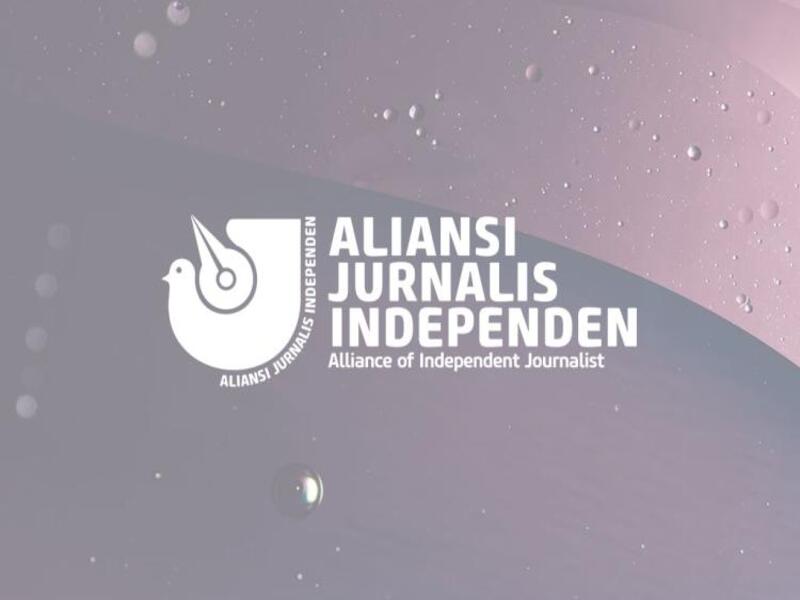
Independent Report – The Alliance of Independent Journalists (AJI) Indonesia calls on the public to stand against all forms of violence targeting female journalists. Whether due to their journalistic work or as part of broader gender-based violence. The organization also urges law enforcement authorities to act professionally in investigating cases of violence against female journalists.
“Violence against female journalists has intensified amidst a political climate that is increasingly militaristic and distant from civilian supremacy.” Said AJI Indonesia Chairperson, Nany Afrida.
One of the most recent cases involved Tempo journalist Francisca Christy Rosana, also known as Cica. She became the target of terror when she received a severed pig’s head with its ears cut off. In addition to this horrifying act, she was also subjected to digital attacks, including doxing. Which involved the unauthorized disclosure of her personal information.
“This attack specifically targeted Cica’s gender identity as a woman. Even her mother was not spared from the intimidation,” Nany explained.
Cica is well known as the host of the podcast “Bocor Alus Politik Tempo” and frequently writes critical pieces about government policies. Her case highlights the vulnerability of female journalists, especially when reporting on sensitive issues.
Beyond Cica, several other female journalists have experienced violence while covering protests against the proposed revision of the Indonesian National Army (TNI) Law in various cities. In Sukabumi, a journalist from Detik.com faced physical violence, while in Malang, a campus press journalist suffered verbal sexual harassment.
Shinta Maharani, the Head of Gender, Children, and Marginalized Groups at AJI Indonesia, emphasized that the root of this violence lies in patriarchal culture. “Female journalists are more vulnerable because patriarchal norms perceive women as weaker and inferior to men,” she stated.
She also pointed out that impunity, or the lack of serious action by authorities in addressing these cases, worsens the situation. “The culture of impunity allows violence to persist. Most cases end up unresolved,” she added.
Also Read : Selly Andriany Highlights Police Involvement in Child Abuse Cases
According to AJI Indonesia, there were 73 recorded cases of violence against journalists in 2024, seven of which involved female journalists. Between January and March 2025, five out of 23 reported cases also had female journalists as victims.
The majority of perpetrators in 2024 were police officers (19 cases), followed by military personnel (11 cases), civilians (11 cases), and unidentified individuals (10 cases). In the first three months of 2025, most attacks were carried out by unidentified individuals, followed by police officers and municipal security officers (Satpol PP).
The National Commission on Violence Against Women (Komnas Perempuan) has also expressed deep concern over these incidents. Its Chairperson, Andy Yentriyani, asserted that law enforcement must thoroughly investigate these cases. “If the police allow such intimidation to continue, it will further damage the credibility of their institution in the eyes of the public,” she stated.
Komnas Perempuan Commissioner, Theresia Sri Endras Iswarini, added that all journalists have the right to work without threats, discrimination, or violence. “Journalists fall under the category of women human rights defenders,” she emphasized.
AJI Indonesia calls on society not to tolerate any form of violence against female journalists. “Terror, intimidation, and femicide are direct attacks on press freedom and democracy,” said Nany Afrida. She also urged the Press Council to deploy an Anti-Violence Task Force whenever a case involves journalistic work.
Shinta Maharani further highlighted the need for media offices to establish standard operating procedures (SOPs) for handling violence against journalists. “This should include risk mitigation and psychological recovery measures,” she suggested.
AJI stressed that national and global solidarity is crucial in combating violence against female journalists. “Support can come from fellow journalists, civil society organizations, academics, artists, and human rights activists,” Shinta concluded.
Also Read : United States Inflation and Its Impact on Bitcoin